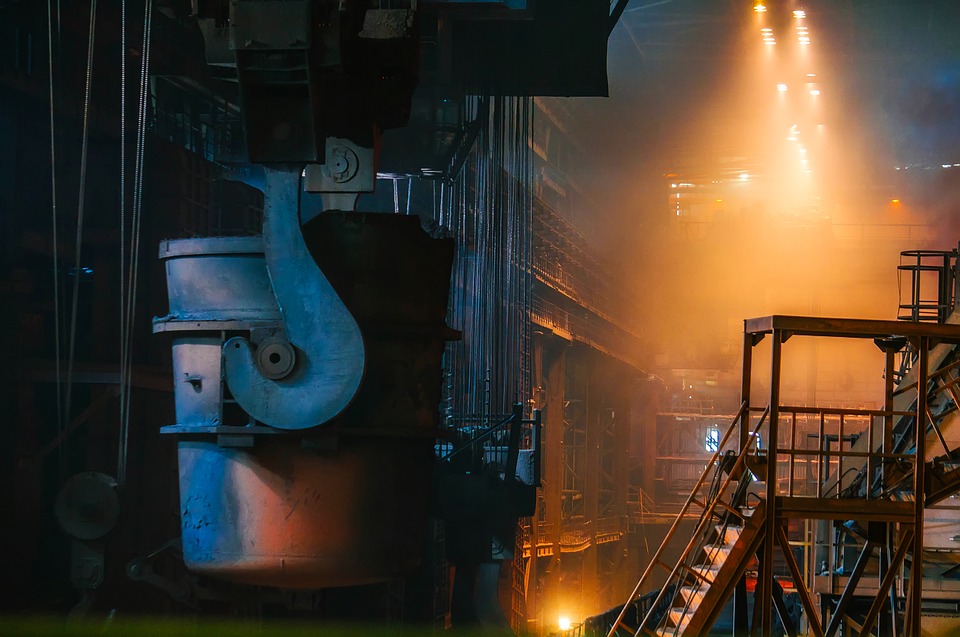Injection molding is an extremely popular method of manufacturing. Most injection molded parts begin as a 2D or 3D CAD drawing or file. A mold is produced from the data in the CAD files. The process then involves heating a granular plastic and pushing it through a heated barrel to melt it. The plastic is then molded into a part and cooled before being ejected from the mold. If you have a product you want to produce through injection molding, you should know what specifications your chosen manufacturer will need.
CAD Drawing or File
The first step in producing an injection molded part is the CAD drawing or file with the information about your design. CAD files can be either 2D or 3D. A 3D file will have all the data included even though it is not necessarily visible on the screen. A 2D file, or blueprint, looks more like a photo of your design and does not contain data like the 3D file2. Therefore, 2D files should include information from the designer about how the part should function, and what it should look and feel like.

2D files should include:
- Dimensions and Tolerances
- Surface flatness, finish and color
- Type of material
- Location and size of holes, and thread type
- Radii
Specifications in a 3D File
The specifications included in a 3D CAD file should include wall thickness, ribs, corners, draft angles, bosses, texture, any lettering, undercuts and inserts2.
Wall thickness:
Thinner walls make the injection molding process easier. Thin walled parts cool more quickly, are lighter and use less material. Consistency in wall thickness helps reduce warping.
Injection molded parts usually have a range of 0.08” to0.16” for wall thickness, although walls can be as thin as 0.02”. The material used can also affect the walls thickness1. For instance, a ABS resin can have a wall thickness between 0.045” and 0.140”. A Nylon would be between 0.030” and 0.115”.

Ribs:
Ribs are used to increase the stiffness when a part bends, which helps keep the wall thickness from increasing. Specifications for ribs should include a thickness of 60% or less of the nominal thickness, a height of 3 times lower than the wall thickness, and a draft angle of 0.25⁰. The specs should also include rounded corners1. Sharp corners can stress in your part or cause a stress riser to form during the molding process. However, round corners reduce stress and the possibility of fracture.

Draft angles:
Including a draft angle helps to reduce drag or punch marks when the part is ejected from the mold. Draft angles should be 1⁰ to 2⁰. If the design doesn’t provide for draft angles, a side action mold should be used1.

Bosses:
Parts that require fasteners, like screws, should include specs for bosses, which are the areas where the fasteners are attached. Bosses should be 60% or less than the thickness of the wall, have a base radius that is 25% of the main wall’s thickness, and be supported by ribs1. Ribs should also be used to separate bosses that are in corners.

Texture:
When creating a part with injection molding it is possible to add texture or lettering to the piece. This can be done for aesthetic purposes or to include branding on the product. Specifications for texture should include a depth of 1.5⁰ minimum per 0.025mm in addition to any normal draft1. These specifications could change depending on what is being molded.

Lettering specification should include a font with small features, like Sans Serif, that are at least 0.020” thick. The text should be raised instead of cut into the product and should have a depth between 0.010 and 0.015” to help reduce costs.
Undercuts:
Undercuts keep the mold from sliding away along the part. Undercuts are either external or internal and should be minimized. If possible, a feature should be redesigned to avoid undercuts. Undercuts can increase costs of tooling because they require either side cores or core lifters1.

Inserts:
Inserts are where fasteners are placed and where they can be replaced often. Inserts in injection molded parts are usually put in with thermal insertion, ultrasonic insertion or molded in1.

Using injection molding to manufacture your parts can save time and money as production costs are low once the original cost of the mold has been paid. Injection molding also cuts down on waste and scrap, and produces a consistent product. Providing both 2D and 3D CAD files can help provide most of the specifications for your injection mold manufacturer. Knowing what specifications your injection mold manufacturer needs will make the process easy and less stressful.
Sources
- CAD Crown- https://www.cadcrowd.com/blog/how-to-design-for-injection-molding/
- Star Rapid- https://www.starrapid.com/blog/how-to-prepare-your-cad-drawings-for-manufacturing/
